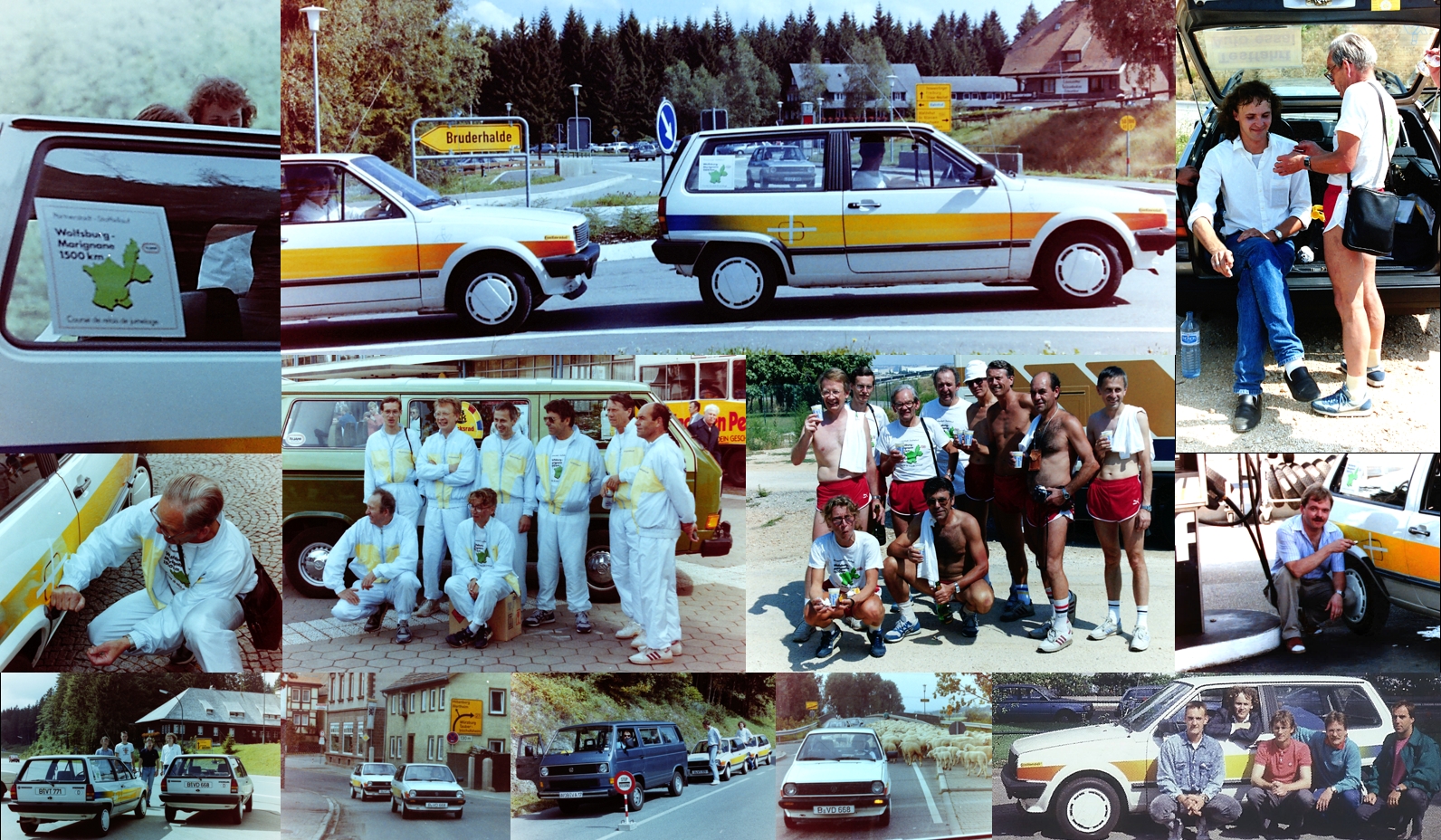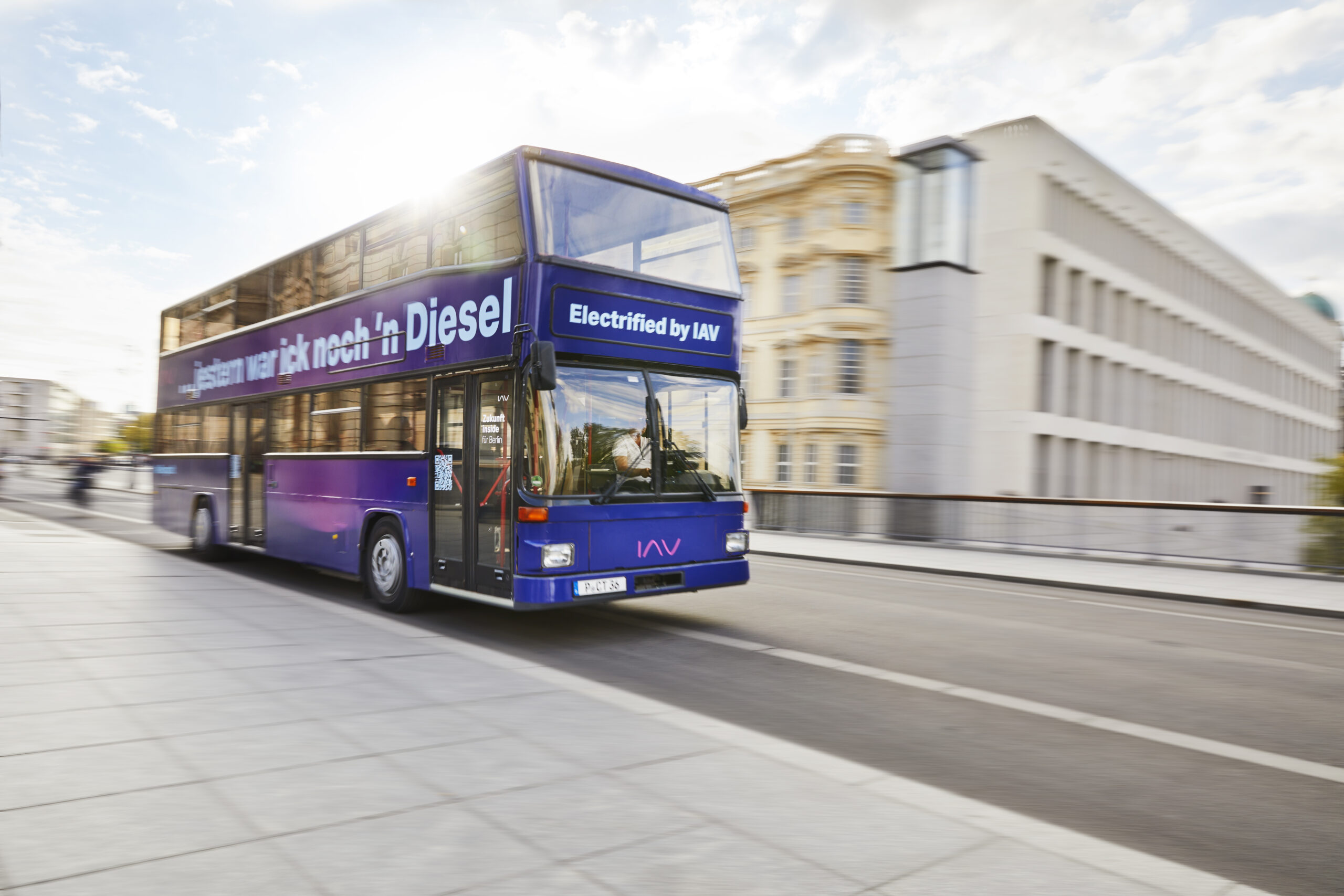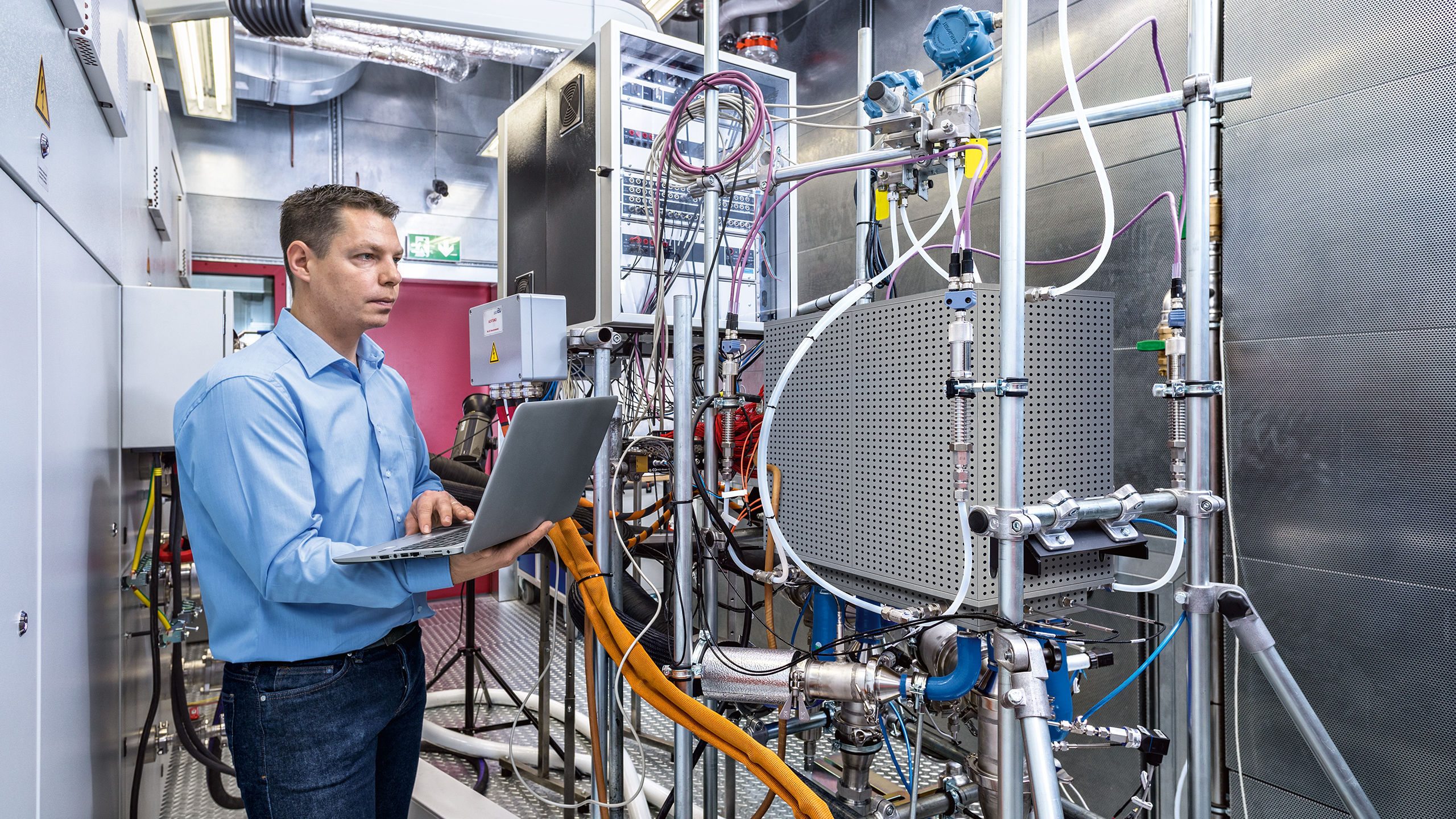#IAV40
Eco-Polo – way ahead of its time
Direct diesel injection, particulate filter and G-charger – the Eco-Polo was a pioneer. And with 1.7 liters per 100 kilometers, it was a fuel-saving world champion.
An extremely economical and environmentally friendly drive concept – that was VW’s goal after the years of energy crises. Together with IAV, a solution was found in the mid-1980s: A 2-cylinder diesel engine with a displacement of 860 cubic centimeters, converted to direct injection and turbocharged with the aid of a mechanical supercharger (G-Lader) – downsizing par excellence in the VW Polo II. A start-stop system with an automatic flywheel system served to optimize energy utilization – the Eco-Polo was born.
“For me, the mechanical G-charger, the small direct-injection diesel engine and the particulate filter were the three outstanding innovations that had never been seen before in a passenger car powertrain,” recalls Gerhard Buschmann, at the time team leader of engine development for the Berlin engine test at IAV.
The drive technology was used in numerous projects, but the Eco Polo itself remained a study object. However, the test results of the prototypes were so positive that 50 vehicles were converted for a fleet test and tested in Berlin over a period of two years – the development costs were shared by the Federal Ministry of Research, the state of Berlin and VW.
The Eco-Polo demonstrated its potential on a test drive from Wolfsburg to southern France in 1987. Over the roughly 1,300-kilometer distance, it consumed an average of 1.7 liters of diesel per 100 kilometers.

1987: Eco-Polo record drive from Wolfsburg to Marignane over 1,300 km: consumption record of 1.7 l/100 km


